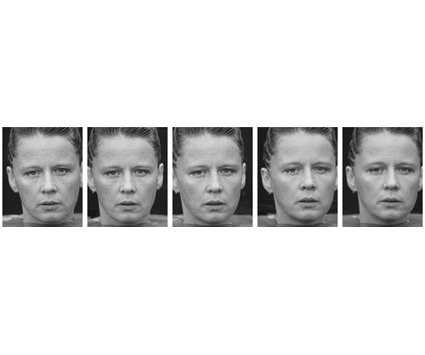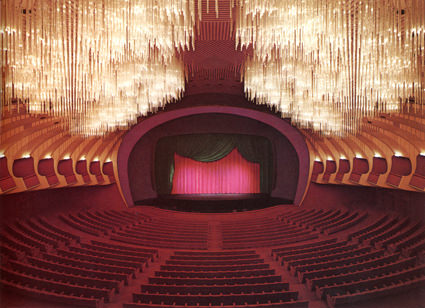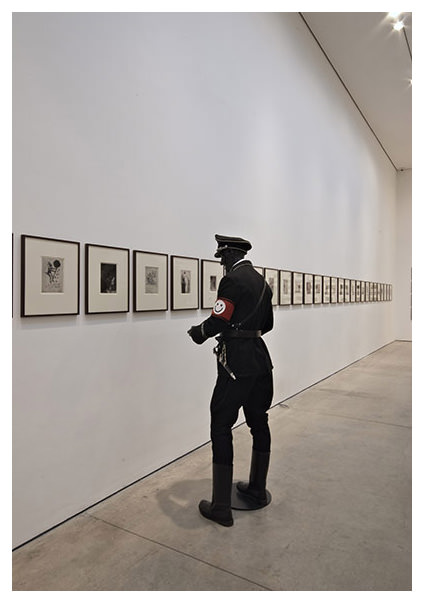RONI HORN – RECENT WORK
2011-07-25The exhibition features important new sculpture, photography and works on paper. Through these media, Horn cultivates a complex relationship between identity, location and the viewer’s perception Horn has made a new sculpture.
Horn has made a new sculpture for the north gallery. Consisting of a group of six to ten ethereal yet weighty pieces, this work is the first of Horn’s multi-part sculptures to be shown in the UK.
In the south gallery, Horn has created part two of a key work in her oeuvre: ‘You are the Weather’ (1994 – 1996). The new work, ‘You are the Weather, Part 2’, follows the same form as ‘You are the Weather’ and features the same model, 15 years later. The work consists of 100 photographs of a woman, situated in the hot springs and pools in Iceland. In each image, the woman’s facial expressions change with the changes in the weather conditions around her. As described by Horn in regards to ‘You are the Weather’, ‘The way this work is shot and installed, the viewer is voyeurised by the view. You are surrounded by a woman who is staring at you’.
In connection with ‘You are the Weather, Part 2’, Horn will publish ‘Haraldsdóttir, Part Two’. This publication is the 10th volume of ‘To Place’ – an ongoing series of artist’s books. It is related to ‘Haraldsdóttir’, which was first published in 1996, and presents in the work all the photographs from ‘You Are the Weather, Part 2’.
Opposite – You are the Weather, Part 2 (detail), 2010–2011
Exhibition runs from September 9th to October 22nd, 2011
Hauser & Wirth
23 Savile Row
London
W1S 2ET





